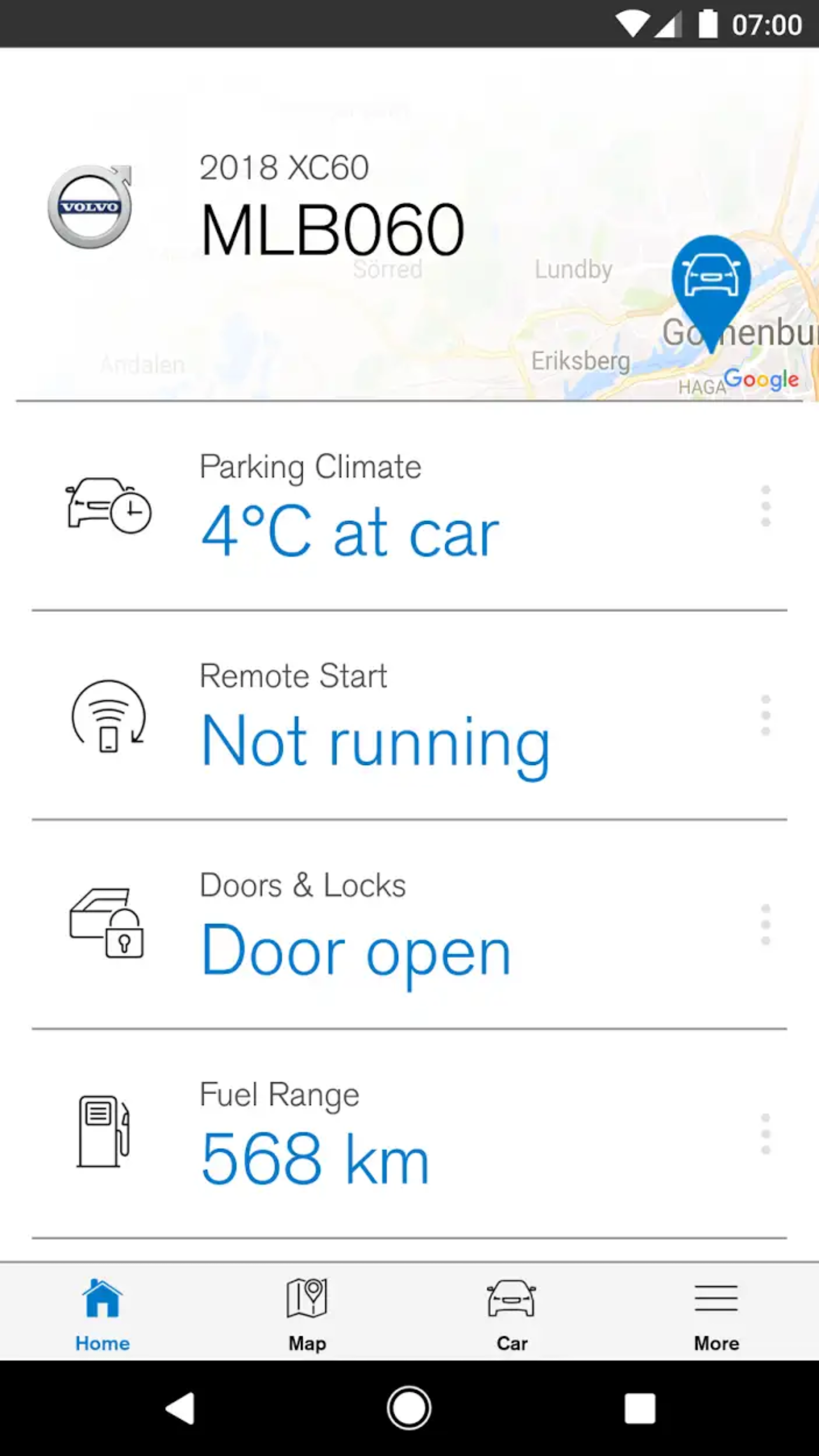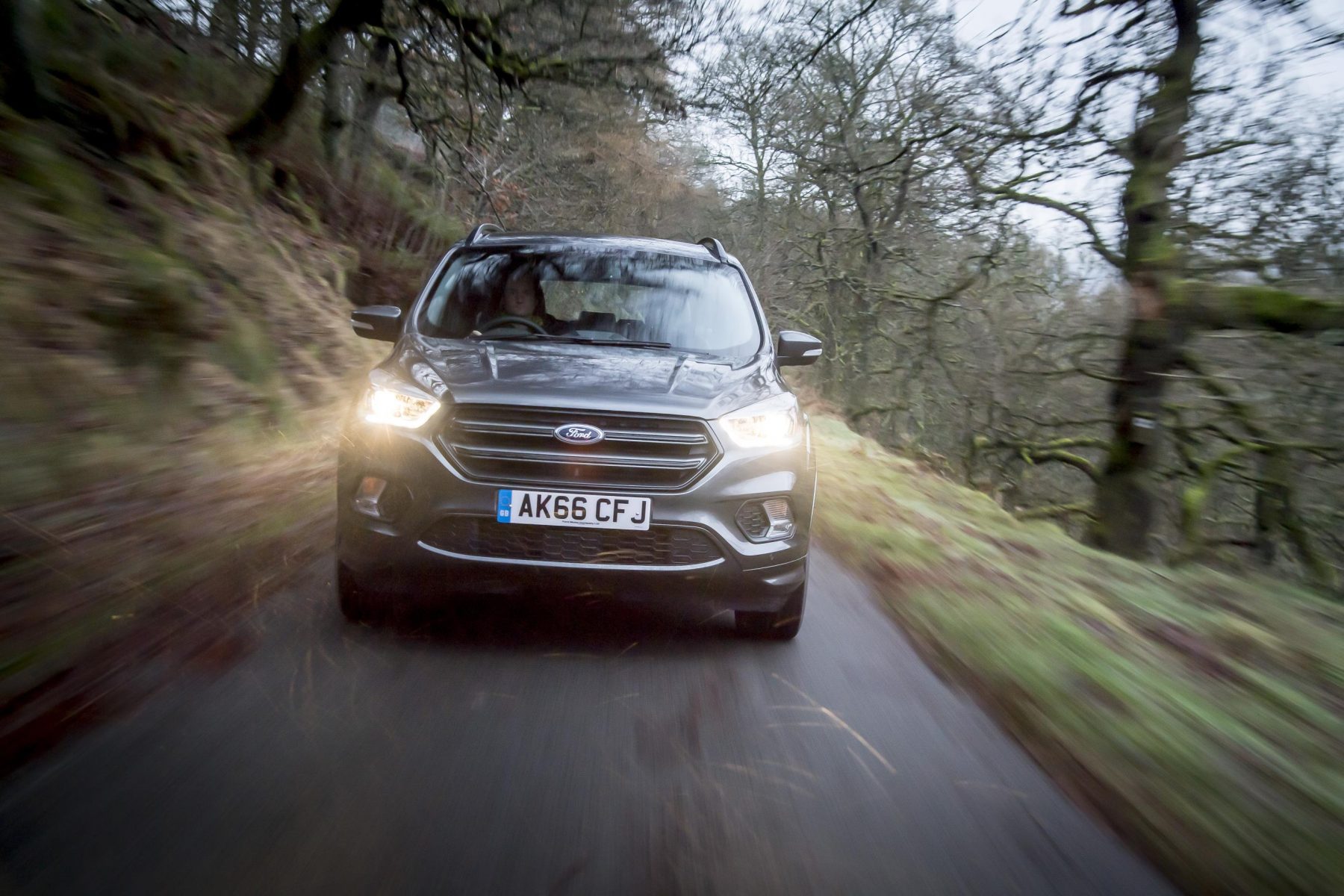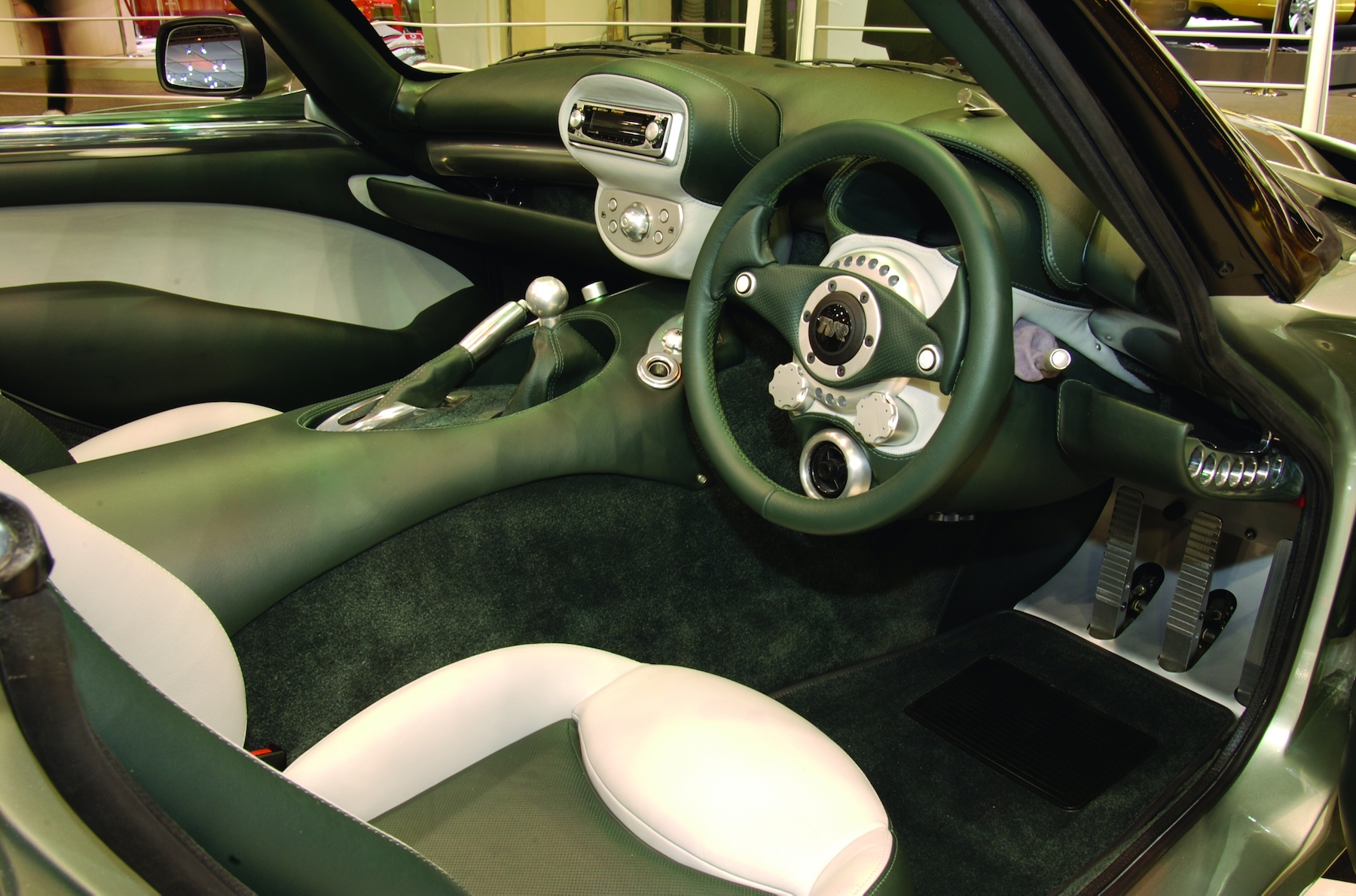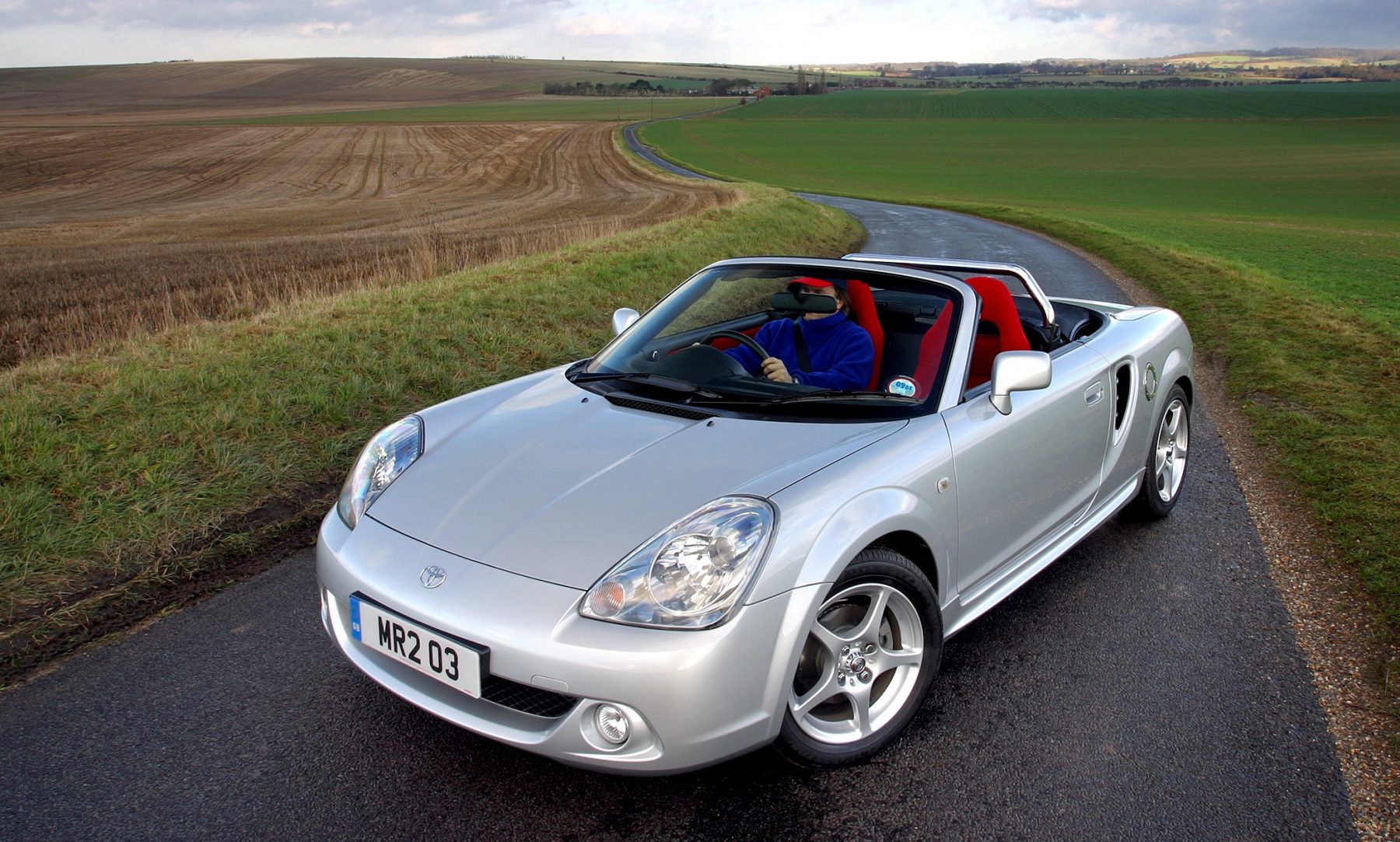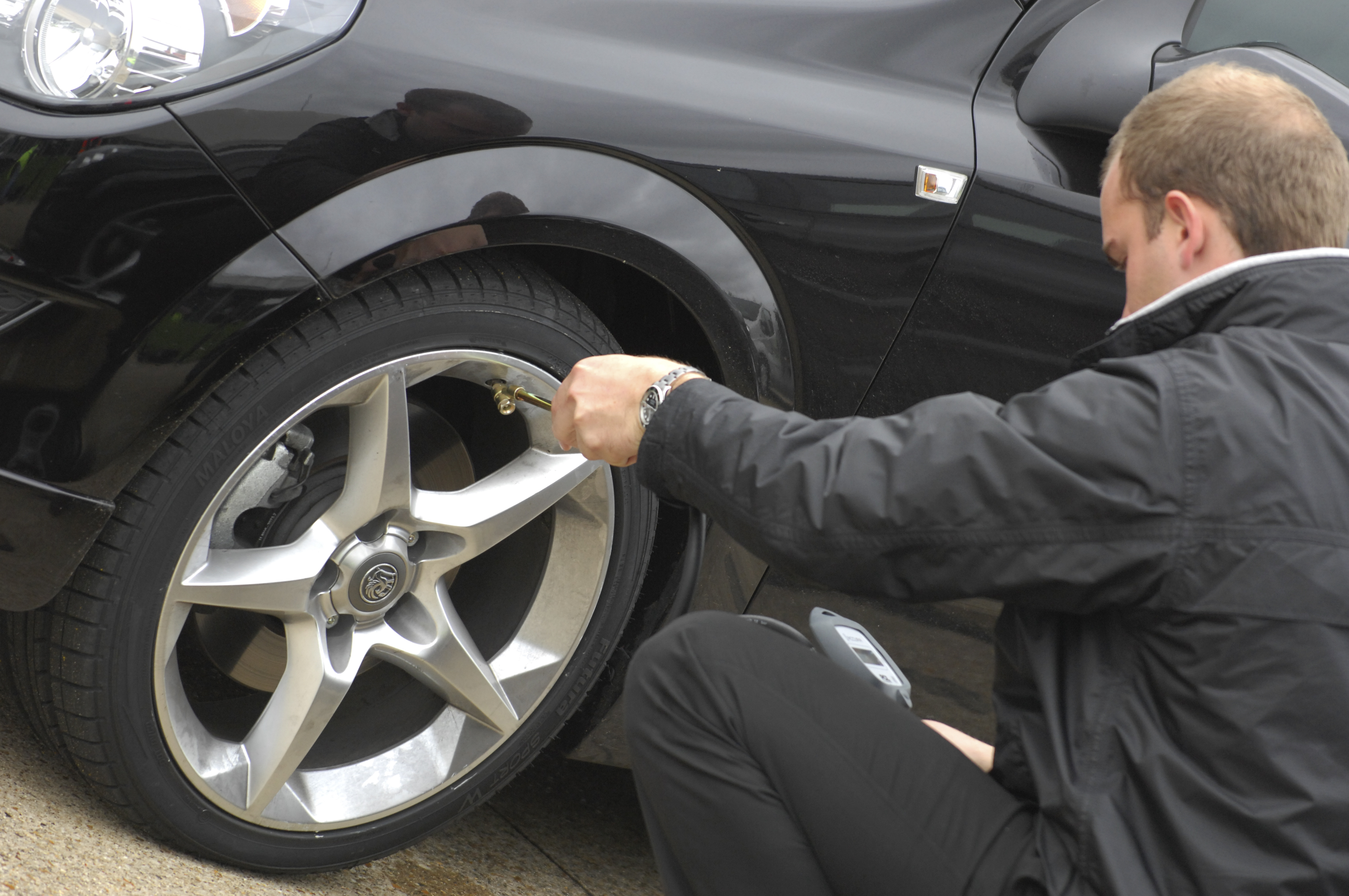So, you want a faster car. You could of course just buy a more powerful vehicle, but what if you can’t afford one or simply want to keep your current machine?
Well, there’s plenty of ways to improve performance easily – huge turbocharging kits, exhaust systems and – if you’re feeling particularly brave – full engine swaps.
These are all expensive options though and, if you’re after just a bit of extra performance, are often overkill. We’ve come up with some ways for you to improve your car on a budget.
Remove weight

One of the most efficient, and effectively free, ways to improve your cars performance if to shed as much weight as possible.
You’ll lose some practicality doing this, but if that’s not a concern, you start by removing non-essential parts such as the engine cover, sound-proofing in the cabin and any passenger seats you have no use for. If your car is equipped with a spare tyre, swapping it out for an emergency repair kit is another great way to shed a few kilograms.
Use higher quality engine oil

Choosing the cheapest oil your car can run on may make sense if you simply want to save money, but don’t expect the best engine performance from this. Spending a little extra on richer quality oil can have your engine running at its best, and likely increase the life of vital components.
If you’re not sure what oil is best for your vehicle, check the owner’s handbook as a manufacturer-recommended lubricant will be in there.
Regular, basic maintenance

This applies to older cars mainly, but regular care and maintenance of your vehicle will help to maintain its factory condition.
Poorly kept engines can lose a lot of power, so if yours has high-mileage, a professional clean-out of the engine can could restore a lot of performance – as can replacing heavily worn parts. Always check your oil, brake fluid and gearbox fluid levels are optimum to get the maximum.
Cold air intake

When it comes to upgrading your engine, a cold air intake upgrade is one of the easiest and cheapest ways to boost power.
Standard air filters are made from paper, which is cheap to produce, but this restricts engine air flow and also means they need to be replaced at regular service intervals.
Investing in a performance air filter is a cost-effective way to gain easy horsepower, with plenty of options on the market. Brands such as K&N and Pipercross offer direct replacements, which are made from a cotton-based material that not only allows more air to be sucked into the engine to increase power – but can also be washed for re-use, meaning no need buy a replacement for the lifetime of your car.
If you want to go a step further, you can install a cold air intake kit which replaces the OEM filter box with a cone that sucks even more air in for maximum flow. They’re relatively easy to install, too.
Better tyres when your existing set need replacing

When the time comes to replace your current tyres, opting for performance-focused rubber is an option if you want to improve mechanical grip.
If you’re not planning to use your car in all conditions, fitting a softer compound with less grooves allows your car to stick in the corners much more effectively – meaning higher cornering speeds.
Be aware though, they’re likely to be less effective and potentially dangerous in colder months and harsh weather, as they rely on heat and dry conditions to work at their best.
Engine remapping
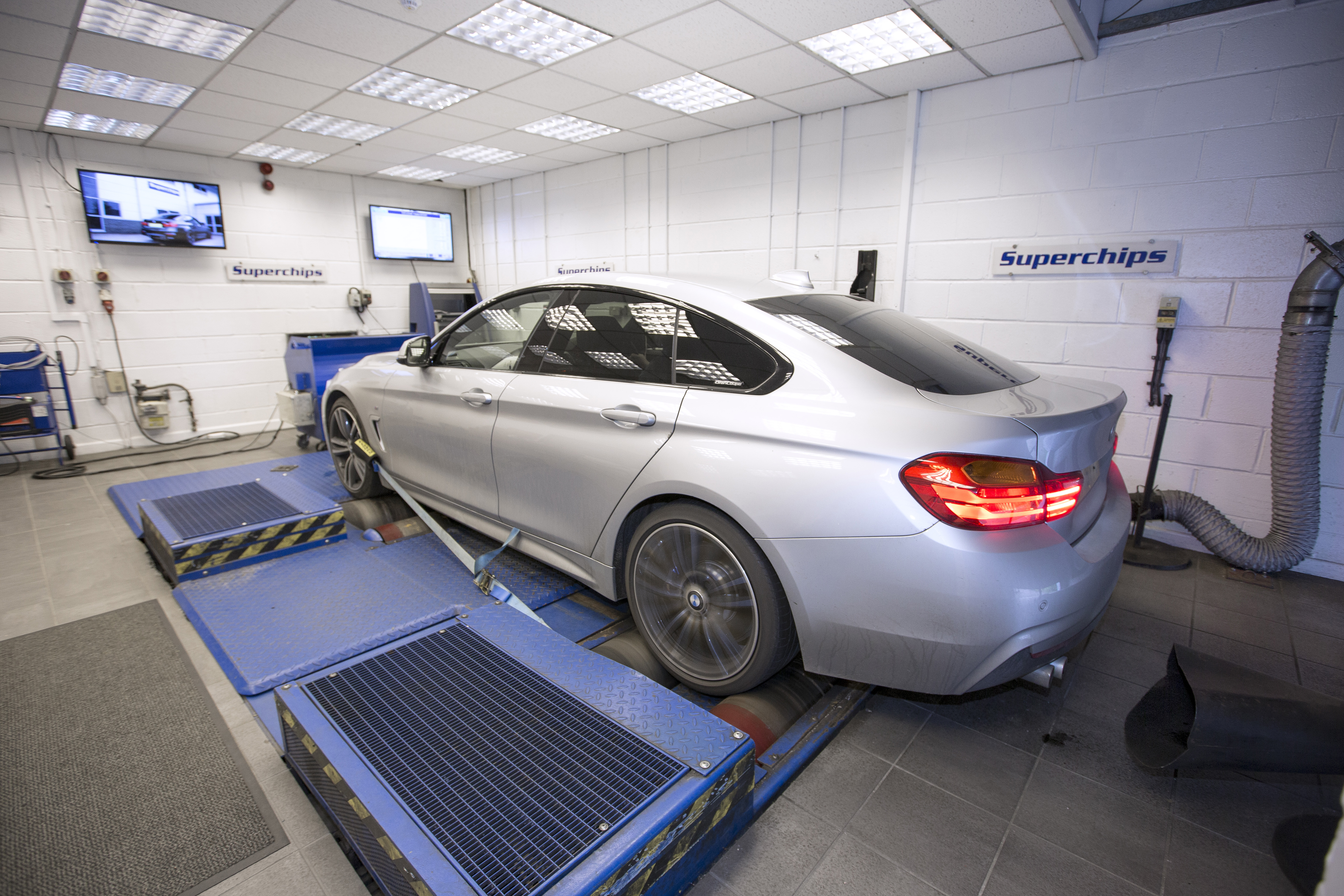
From the factory, modern cars engine are electronically restricted to not delivering peak performance to counter for people who don’t service their cars at regular intervals and treat them poorly, in an effort to improve longevity.
If you’re going to look after your engine properly, having it remapped by a professional is perhaps the most effective and easy way to unlock power. Simply having a more performance-focused setting on the car’s ECU can drastically improve peak horsepower and torque.
Doing this is most effective on turbocharged cars, as it can allow for a higher boost pressure from the turbine meaning huge gains in power. Just remember to service the engine regularly.











